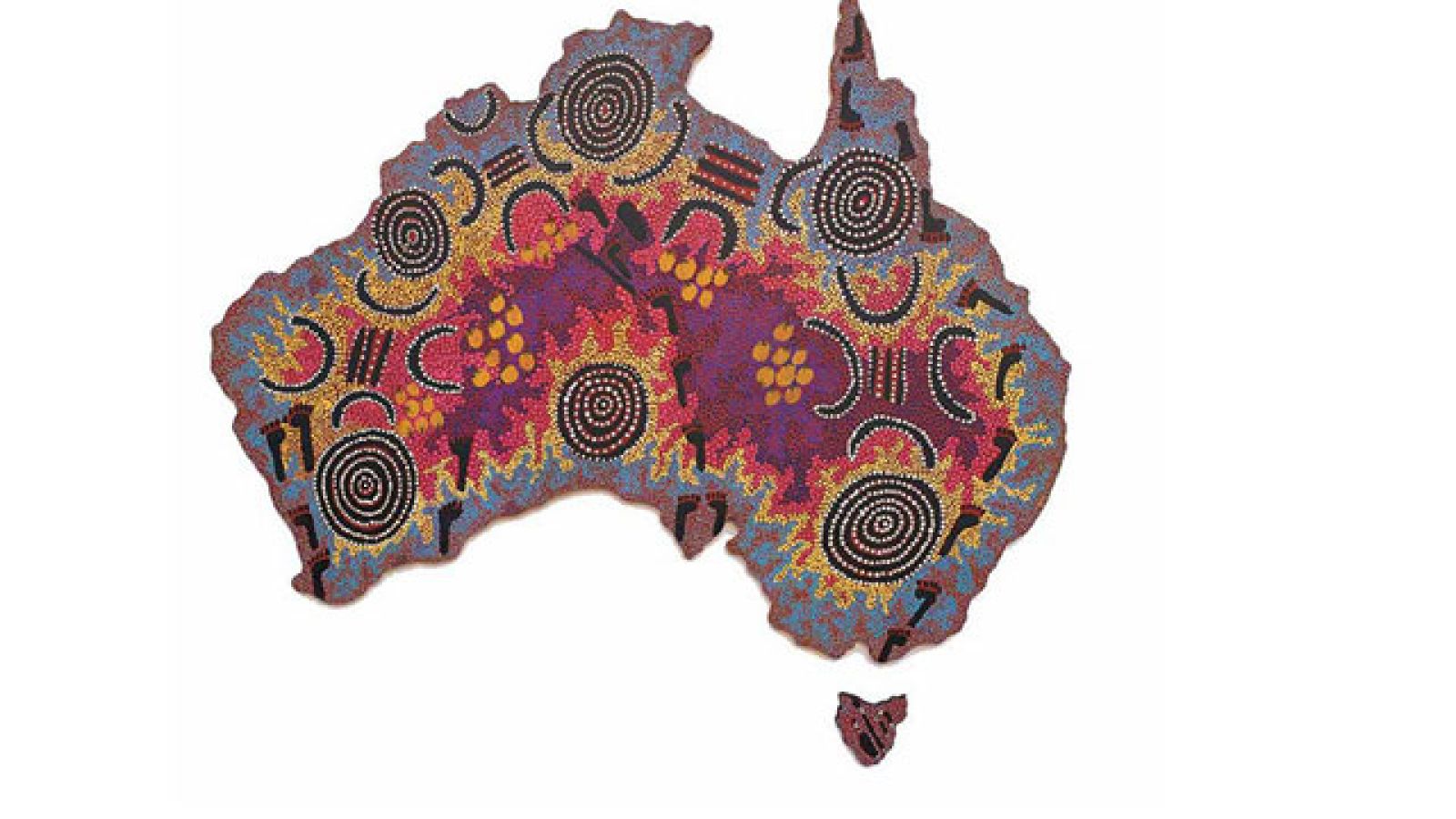ANU to record Indigenous biographies

The inaugural Indigenous Australian Dictionary of Biography aims to include biographies of around 400 Aboriginal and Torres Strait Islander people who have been significant figures in Australia's history.
The Australian National University (ANU) has launched a four-year project to document the lives of Australia's leading Indigenous people to be published by the Australian Dictionary of Biography.
The inaugural Indigenous Australian Dictionary of Biography (IADB) aims to include biographies of around 400 Aboriginal and Torres Strait Islander people who have been significant figures in Australia's history.
Dr Malcolm Allbrook, Managing Editor of the ADB at the ANU National Centre of Biography, said the project was long overdue and would help redress the chronic under-representation and lack of awareness of Indigenous biography in Australia.
"Unfortunately, very few people could name more than five or 10 significant Aboriginal or Torres Strait Islander people," Dr Allbrook said.
"But they are certainly there and in all fields - in sport, the armed services, in politics, health and medicine, cultural life and art and theatre.
"As well as engendering pride in Indigenous society about the richness of their history, we hope this project will also alert and educate all Australians to this significance and some of the individuals involved."
The Indigenous Australian Dictionary of Biography is a collaboration between ANU and the University of Western Australia.
It will include national figures as well as midwives, nurses, family groups and clans and some people who were wards of the state, jailed or who died in custody.
The IABD is also considering archaeological evidence, such as skeletal remains and rock art, to serve as evidence for biographies of people where there is no written account, such as the skeletal remains found near Lake Mungo in South Western NSW.
Professor Melanie Nolan, General Editor of the ADB and Director of the ANU National Centre of Biography, said the project would also revise articles written earlier from a European perspective.
"It's no longer acceptable to write our history purely from a white European perspective," Professor Nolan said.
"So when we revise our articles, we will be layering the information so that earlier articles are preserved so we can reflect on how and why we wrote our history in the past," Professor Nolan said.
Dr Allbrook is revising biographies of two of the most well-known colonial Aboriginal figures; Bennelong and Arabanoo: which stand as they were published in 1966 by the Australian author of The Timeless Land, Eleanor Dark.
"Bennelong is often portrayed as a pathetic, conflicted figure, caught between two worlds," Dr Allbrook said.
"But reading from the contemporary writings of British Marine Officer Watkin Tench and others, we can now see that Bennelong was a powerful figure who made choices on his own terms not only for his own life chances, but also for those of his family and community," Dr Allbrook said.
The project will be overseen by a working group of 15 Aboriginal and Torres Strait Islander scholars, and will place a strong emphasis on Aboriginal and Torres Strait Islander people authoring the articles.
Dr Shino Konishi from the School of Humanities and School of Indigenous Studies at the University of Western Australia is the lead Chief Investigator on the project.